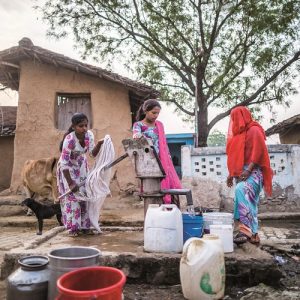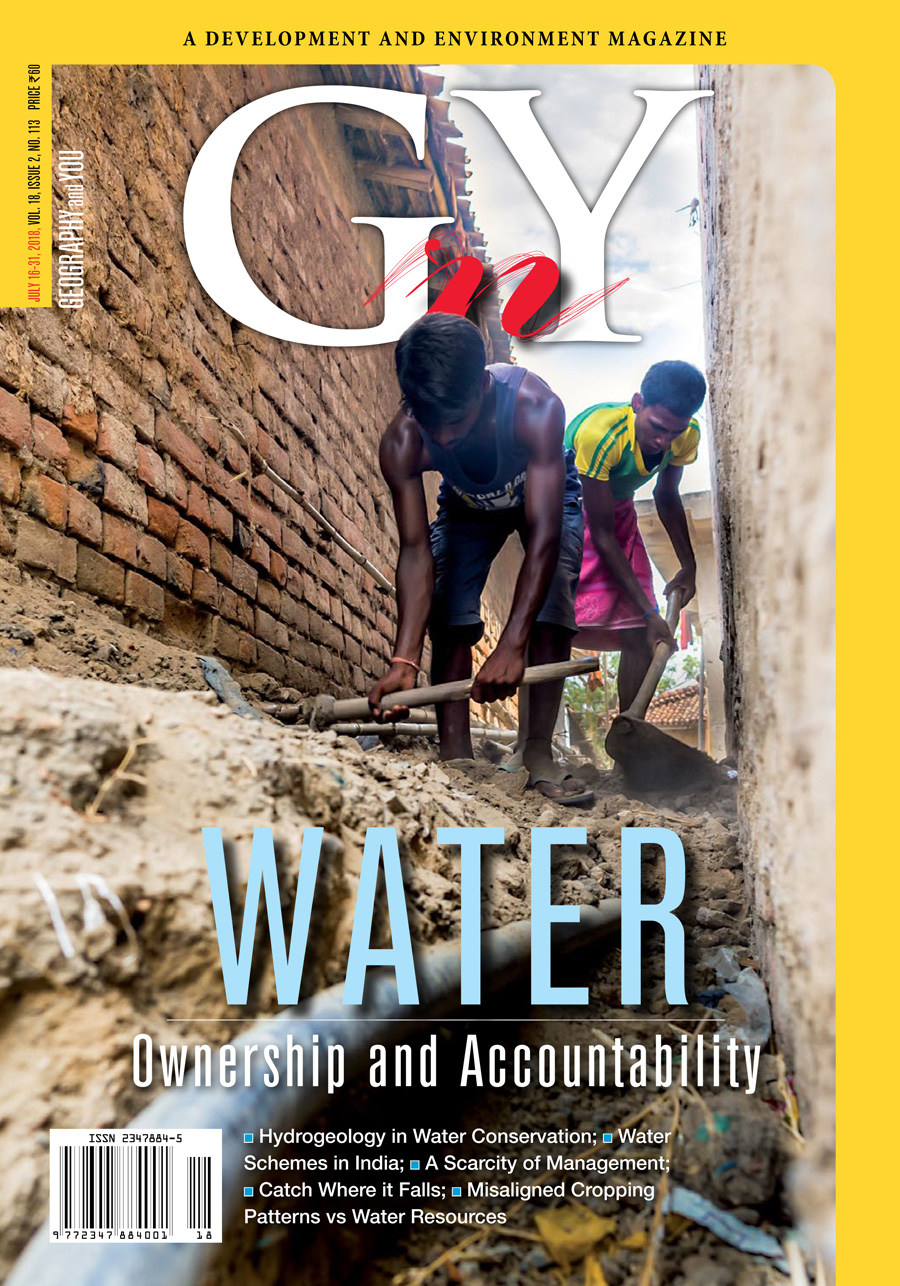
Expert Panel
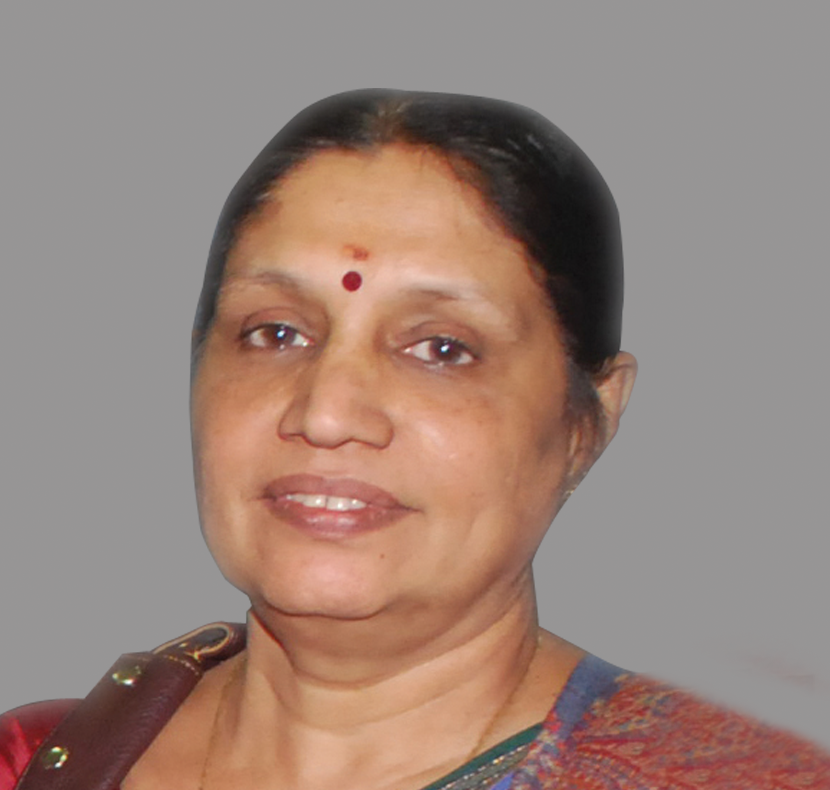
Former Chairperson, National Biodiversity Authority, Chennai.
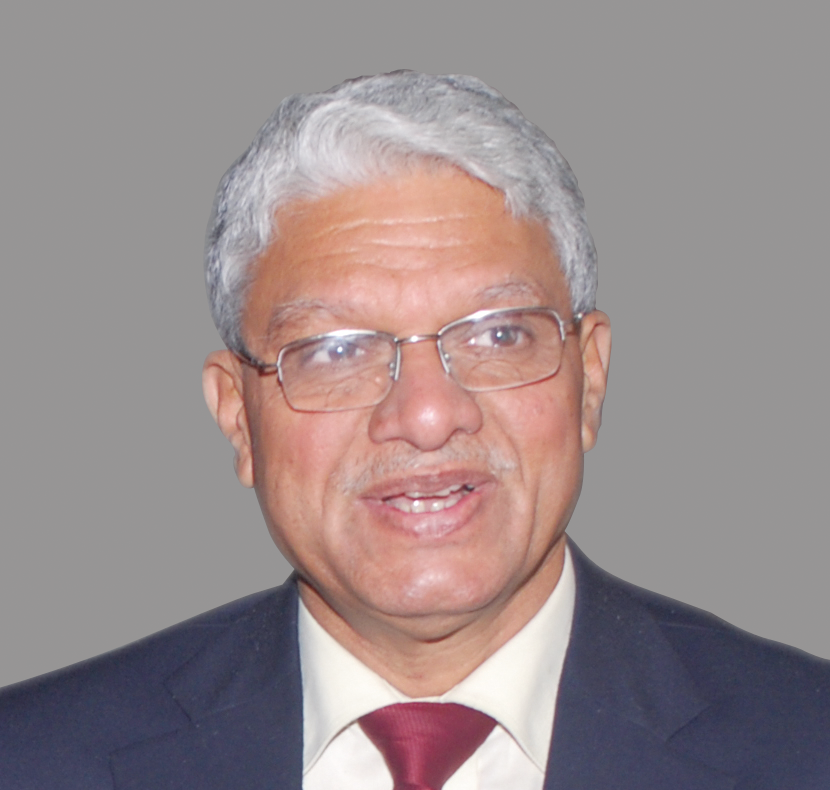
Air Vice Marshal (Retd) Former DG, India Meteorological Department (IMD), New Delhi
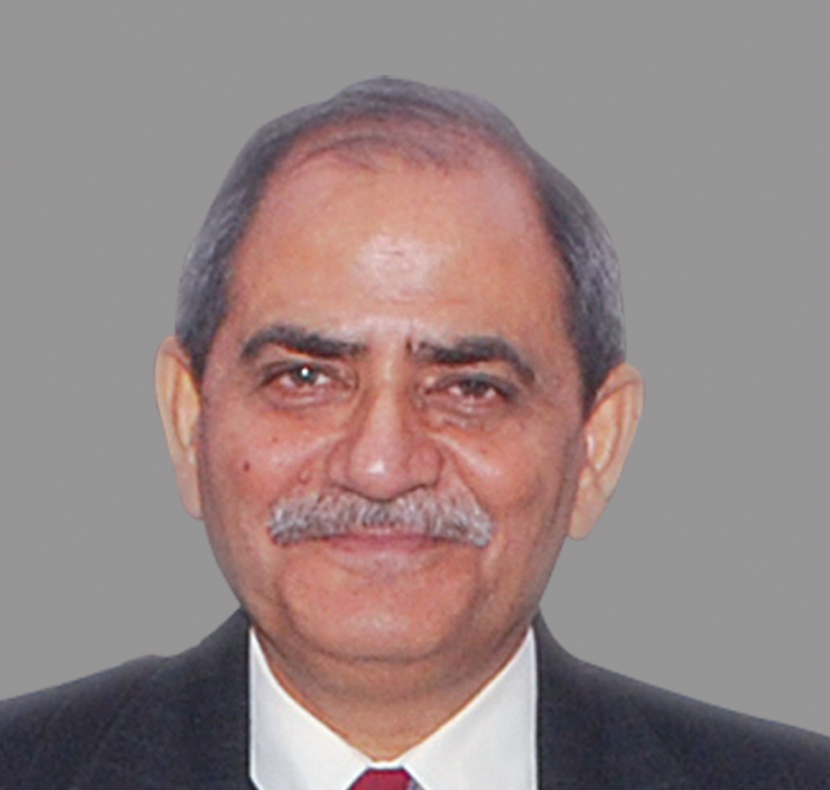
Geologist and Secretary General, 36 IGC, New Delhi.

Former Professor, CSRD, Jawaharlal Nehru University, New Delhi.
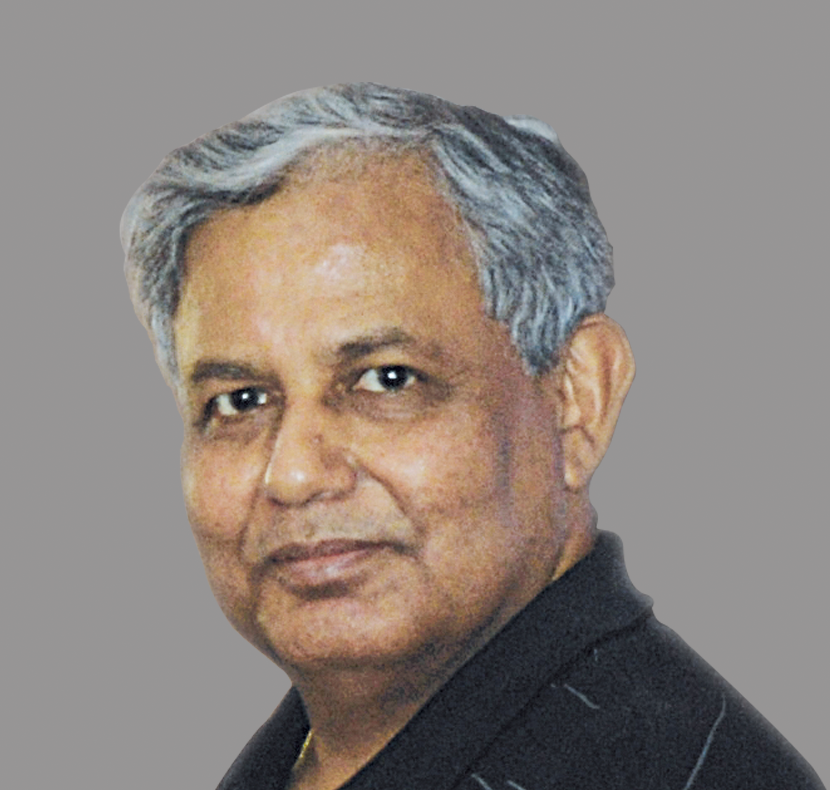
Former Vice Chancellor, MG Kashi Vidyapeeth, Varanasi

Former Member Secretary, Central Pollution Control Board, New Delhi.

Former Professor, Jawaharlal Nehru University, New Delhi

Chief Executive, ACRA, Noida, Uttar Pradesh.
Inside this issue
Opinion
It is IRONIC that the Himalaya, often alluded to as the ‘water tower of Asia’—the source of mighty rivers that support millions, now face stress especially during summers. The rapidly reducing flow in surface drainage and the disappearance of springs are signs of looming disaster.
PEOPLE AND OWNERSHIP
In colonial India, water ownership became entrenched with the State, a practice that continued post-Independence. For ensuring sustainable and assured supply addressing the needs of communities, decentralised practices such as rainwater harvesting can be beneficial.
Conventional approaches to conservation of groundwater have not considered the need to involve an understanding of aquifer measurement and hydrogeology. Considering India’s diverse geography, it is pertinent to develop a scientific understanding of underlying geology of groundwater resources and how aquifers work.
The answer to India’s perennial drought problem despite high rainfall lies in addressing policy failures and formulating measures not just for mitigating problems, but drought-proofing the entire country.
Presently, the Cauvery River is the city’s sole water source located at a distance of 100 km. But with a population expected to reach 20 million by 2031, the rising demand for water presents unique challenges, calling for participation at all levels.
REPORT WATCH
A June 2018 study published by the National Bank for Agriculture and Rural Development (NABARD) suggests that analysing land productivity of a region and yield of a crop is not sufficient to calculate the efficiency with which water is being used for cultivation. It is also important to analyse whether irrigation water being applied to the crop is resulting in adequate output and if cropping patterns are aligned with water endowments of a region.
IN CONVERSATION WITH
Mihir Shah, economist, water policy expert and member of the erstwhile Planning Commission speaks with G’nY on the need to facilitate community ownership of water and what India needs to do to ensure water security.
In brief
We live in an unequal world—which is good. It assists adaptation. So spatial and temporal variations in water regimes should not bother humankind, given its thousands of years’ ancestry in water management, essential as it is to survival. But the reality is slightly more baffling, especially in
Approximately two months ago when we planned this issue in partnership with G’nY, it was peak summer and thought it would be a good idea to bring out an issue on water, naturally when, water seemed to be at a premium. By the time the issue was finalised, Niti Aayog, a government think tank, came o

